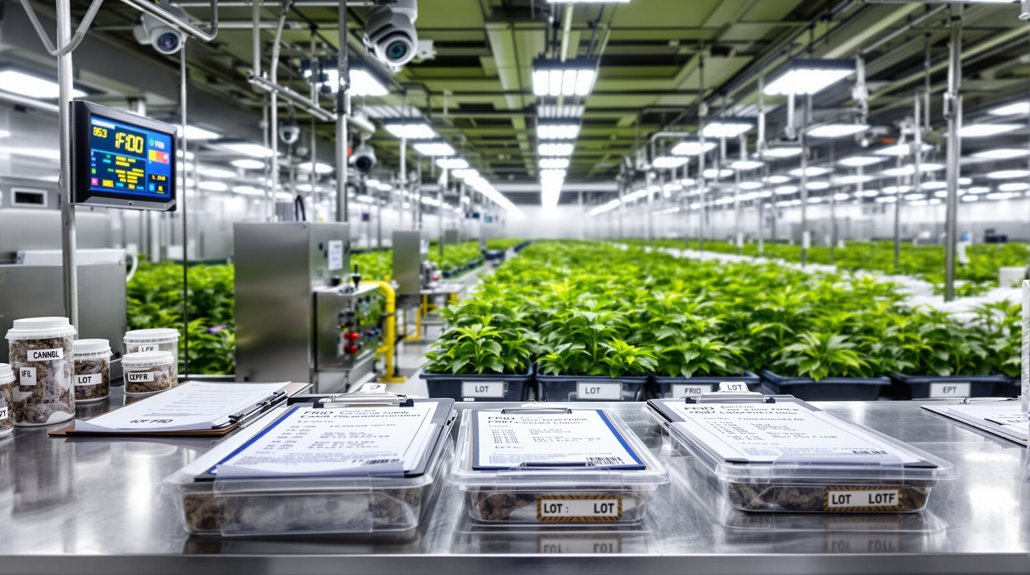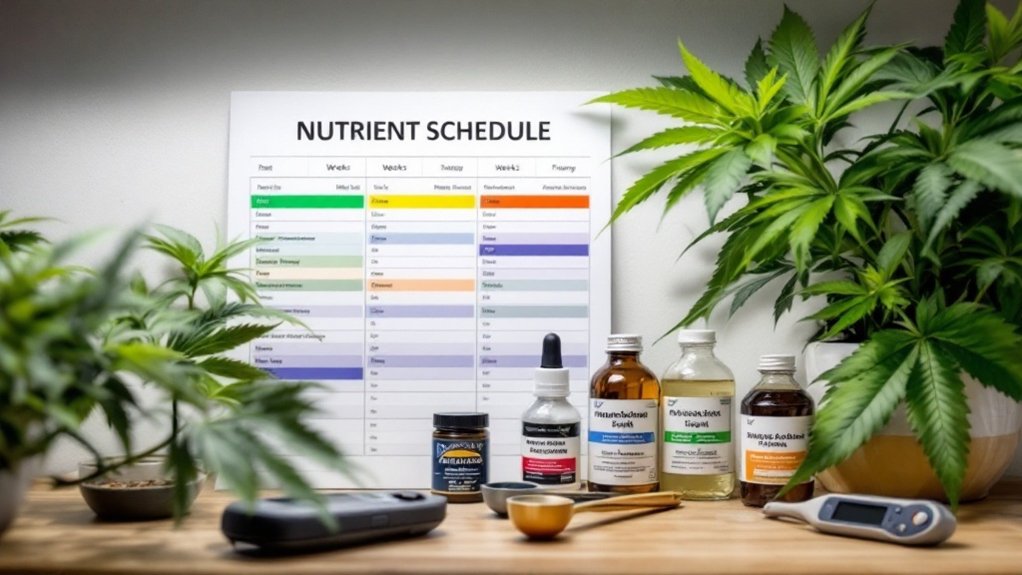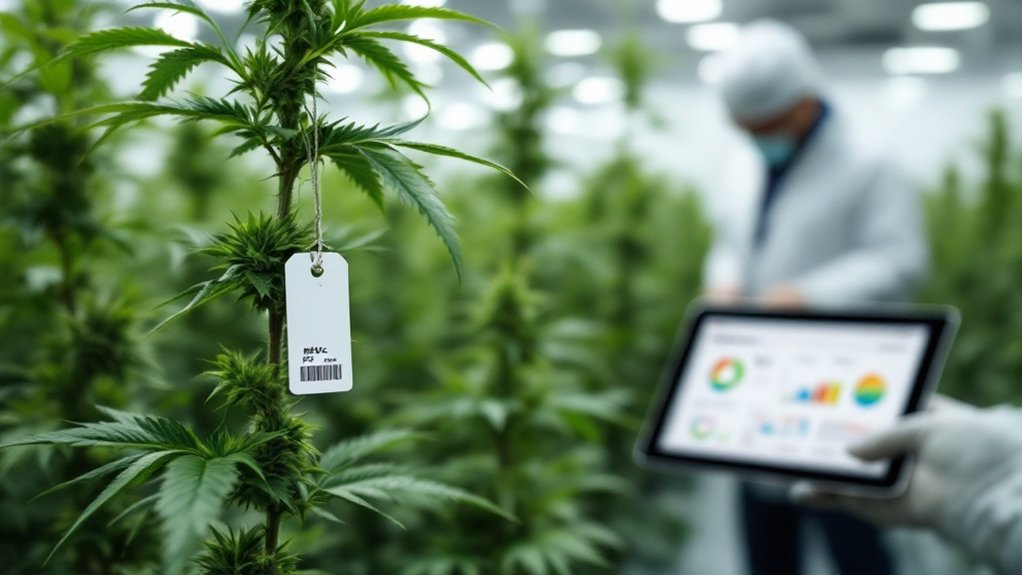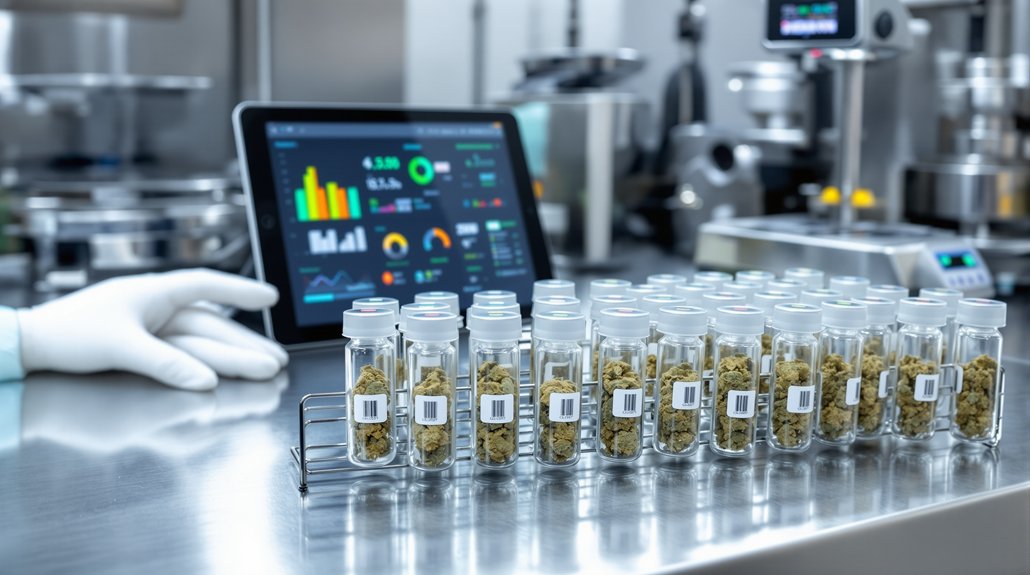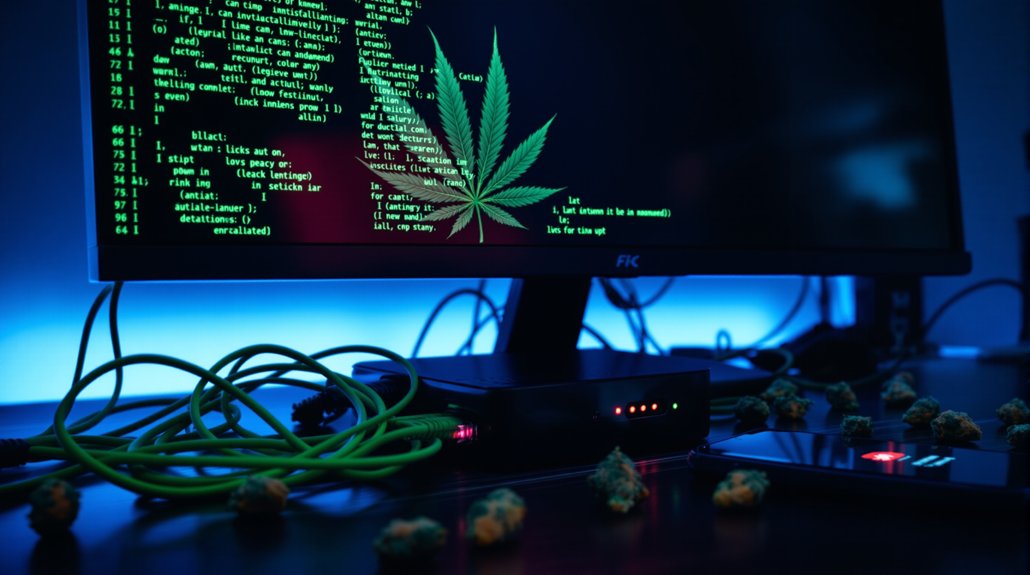Cannabis facility operators face rigorous scrutiny when regulatory inspectors arrive with thorough security audit checklists. These systematic evaluations examine every aspect of a facility’s protective measures, from physical barriers and electronic surveillance to digital record-keeping and product tracking systems. Inspectors methodically verify compliance with state-mandated security protocols, often determining whether operations can continue or face immediate suspension. The stakes remain exceptionally high, as failed audits can result in significant financial penalties, license revocation, or operational shutdowns that threaten business viability.
Physical Security Infrastructure and Access Control Requirements

Physical security infrastructure forms the foundation of any compliant cannabis operation, establishing multiple layers of protection that safeguard both products and personnel while meeting stringent regulatory requirements.
Multi-layered physical security systems serve as the critical foundation for regulatory compliance and comprehensive protection in cannabis operations.
Perimeter security begins with continuous fencing that eliminates gaps and prevents climbing or tunneling attempts. Regular maintenance guarantees barrier integrity, while vegetation control eliminates blind spots near fence lines.
Interior barriers require commercial-grade doors with reinforced construction and tamper-resistant hardware. Windows must feature shatter-resistant materials or protective grills to deter break-ins.
Access control systems utilize keycards, PIN codes, or biometric readers for sensitive areas, maintaining detailed audit logs for regulatory review.
High-value storage areas demand vault-grade construction with reinforced walls and multi-point locking mechanisms.
Commercial alarm systems provide continuous monitoring with backup power sources, guaranteeing uninterrupted protection during outages. Cannabis facilities must implement comprehensive alarm systems that include both perimeter protection and motion detection to meet regulatory standards across most states.
Integration of these security systems creates a unified defense network that enhances overall effectiveness and streamlines regulatory compliance monitoring.
Proper security documentation must be maintained to demonstrate compliance with state-specific requirements, which can prevent costly licensing delays and regulatory violations.
Surveillance Systems and Digital Record Management Standards
Thorough surveillance systems serve as the digital backbone of cannabis security operations, capturing every movement and transaction within licensed facilities through strategically positioned cameras and advanced recording technologies.
Regulators examine camera placement across all critical areas, including entrances, exits, storage rooms, and cultivation spaces, ensuring complete coverage without blind spots.
Technical specifications must meet minimum standards, typically requiring 720p resolution at 15 frames per second with continuous 24/7 operation and proper time-stamping. States like Missouri and Nevada mandate 1080p compliance as the baseline requirement for facial identification and transaction monitoring.
Storage requirements demand secure retention periods ranging from 30 to 90 days, with tamper-proof protocols preventing unauthorized access or deletion. Daily surveillance footage can generate approximately 13 GB per day, creating substantial data management challenges for cannabis facilities maintaining regulatory compliance.
Digital record management protocols include access logs, regular equipment testing, and documented cybersecurity measures.
Auditors verify that surveillance systems integrate with alarm networks while maintaining redundant backup capabilities for uninterrupted monitoring compliance.
Non-compliance with surveillance requirements can result in severe consequences including license revocation, potentially jeopardizing businesses in a rapidly growing market projected to reach $35.2 billion by 2025.
Product Handling, Inventory Tracking, and Compliance Documentation
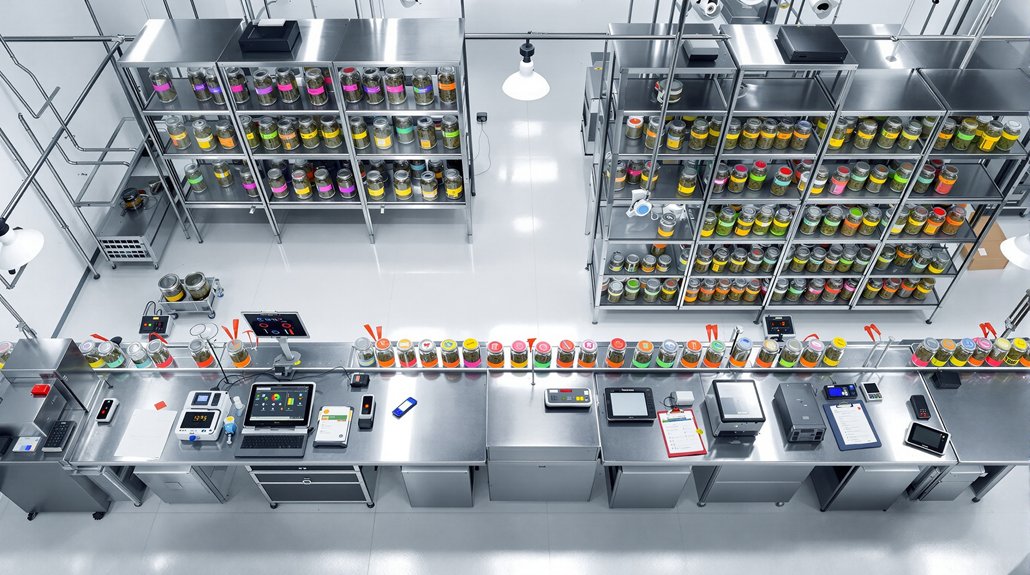
Where surveillance systems monitor facility perimeters, cannabis operations must establish equally rigorous protocols for product handling, inventory tracking, and compliance documentation to maintain regulatory approval.
Cannabis operations must implement comprehensive protocols for product handling, inventory management, and regulatory documentation to ensure compliance standards are met consistently.
Processing activities require designated, enclosed areas with food-grade equipment and strict sanitary procedures.
Workers must follow written instructions for each step while maintaining thorough handwashing and facility cleanliness standards.
Seed-to-sale tracking systems document every product from receipt to final sale, assigning unique serial numbers and lot codes upon inventory entry. Real-time updates guarantee accurate reconciliations for regulatory compliance.
Cloud-based systems like Metrc RFID technology create unalterable records throughout the entire cannabis supply chain.
Documentation requirements include batch production records, test results retained for nine months, and reserve samples for auditing purposes. Public records retention policies must align with established governmental standards for maintaining accessible documentation.
Quality control protocols mandate independent laboratory testing before distribution, with results reviewed by responsible employees.
Facilities must prepare for comprehensive state-level inspections by maintaining organized record systems and implementing standard operating procedures across all operations.
All records must remain accurate, legible, and contemporaneous with activities.
